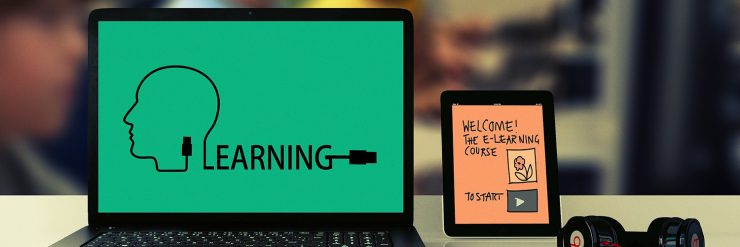Are you interested in learning about the role of EdTech in STEM education? Do you want to know how EdTech is transforming the way we teach and learn science, technology, engineering, and math? If yes, then this blog post is for you. In this blog, we will discuss the impact of EdTech on STEM education and how it is revolutionizing the learning experience.
The Role of EdTech in STEM Education
EdTech is playing a significant role in enhancing the learning experience of STEM subjects. So, here are some ways EdTech is revolutionizing STEM education.
Personalized Learning
EdTech provides personalized learning opportunities for students. With adaptive learning technology, students can learn at their own pace, track their progress, and receive personalized feedback. This approach enables students to focus on their strengths and weaknesses and learn in a way that suits their individual learning styles.
Interactive and Engaging
Learning EdTech makes learning more interactive and engaging. With the use of virtual labs, simulations, and games, students can explore and experiment with STEM concepts in a safe and controlled environment. This approach not only makes learning fun but also helps students develop critical thinking and problem-solving skills.
Collaborative Learning
EdTech allows students to collaborate and communicate with each other, regardless of their location. With the use of online discussion forums and video conferencing, students can work together on STEM projects and share their ideas and perspectives. Hence, this approach not only enhances teamwork skills but also exposes students to diverse perspectives and ways of thinking.
Accessible Learning
EdTech provides access to STEM education to students who may not have had access to it otherwise. With the use of online resources and distance learning programs, students from remote or underserved areas can access quality STEM education. So, this approach promotes equity and inclusivity in STEM education.
In conclusion, EdTech is transforming STEM education by providing personalized, interactive, collaborative, and accessible learning opportunities for students. As technology continues to evolve, we can expect even more innovative ways of teaching and learning STEM subjects. As educators and learners, it is essential to embrace these changes and take advantage of the benefits they offer.








